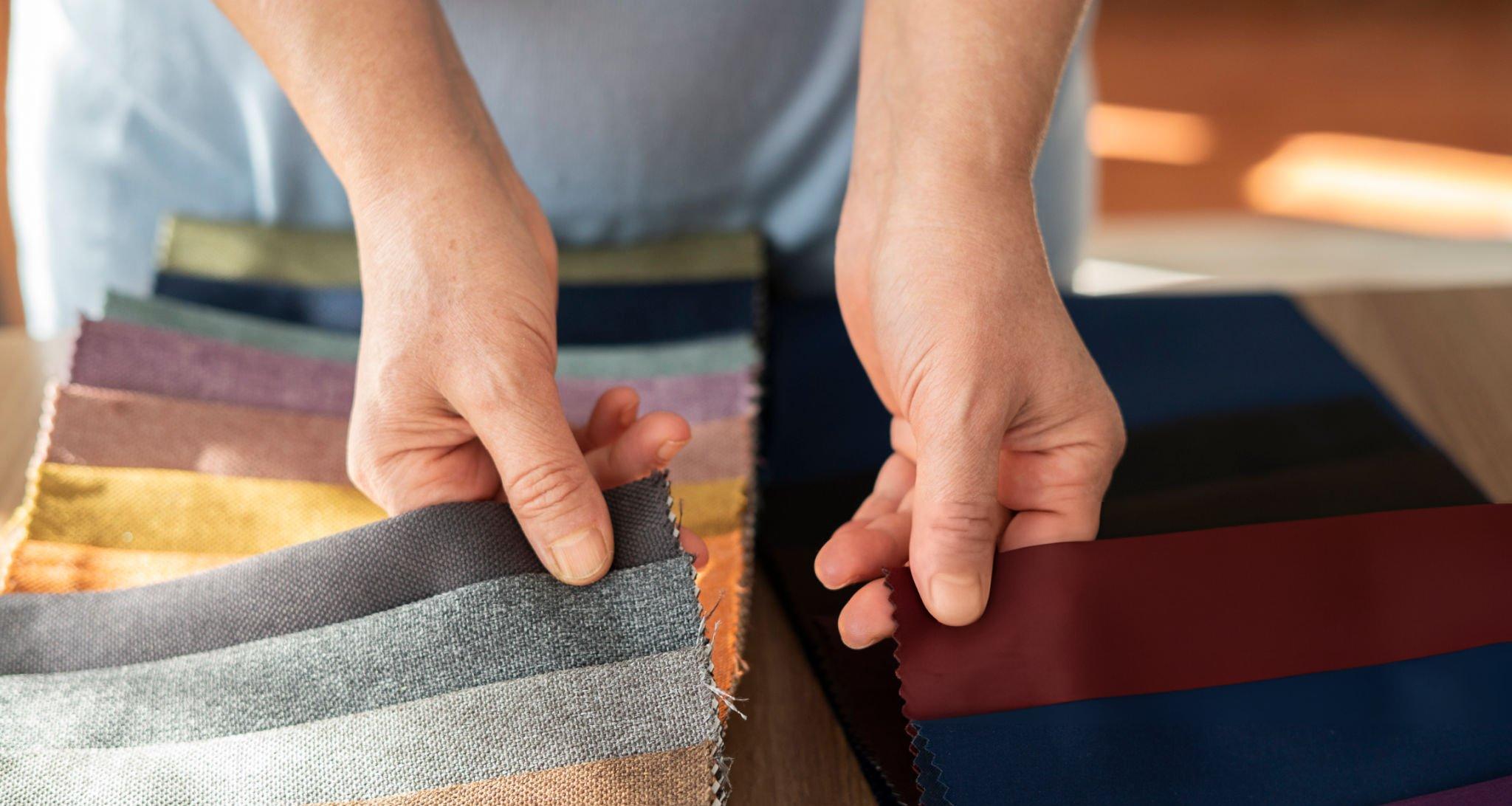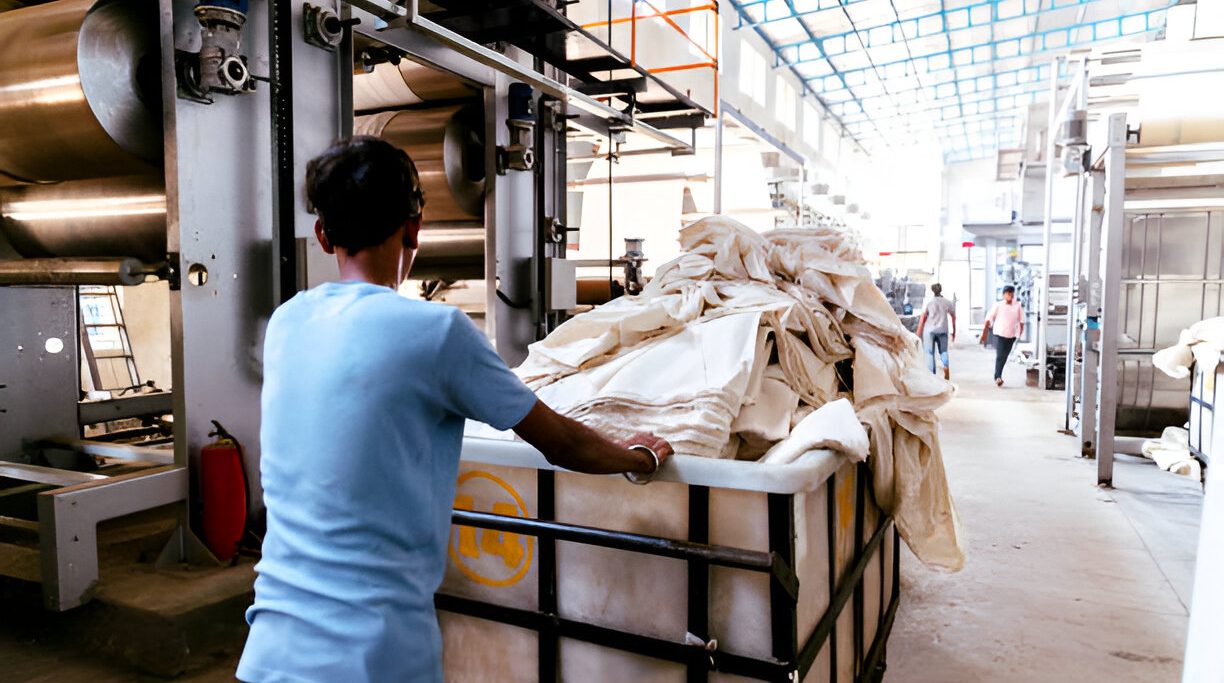When it comes to choosing fabrics, two of the most popular synthetic options are nylon and polyester. Both materials are widely used in various applications, from clothing to industrial products, due to their durability, versatility, and cost-effectiveness. However, they have distinct properties and characteristics that make them suitable for different purposes. In this blog, we’ll explore the key differences between nylon and polyester to help you make informed decisions about which material is best for your needs.
What is Nylon?
Nylon is a synthetic polymer known as a polyamide. It was first produced by Wallace Carothers at DuPont in 1935 and quickly became popular due to its strength, elasticity, and resistance to abrasion and chemicals. Nylon is commonly used in textiles, automotive parts, and industrial applications.
What is Polyester?
Polyester is a category of polymers that primarily consists of compounds within the ester functional group. The most common form is polyethylene terephthalate (PET). Invented in the early 1940s, polyester is known for its durability, moisture-wicking properties, and quick-drying capabilities. It is widely used in clothing, home furnishings, and industrial products.
Key Differences Between Nylon and Polyester
1. Strength and Durability
Nylon: Known for its exceptional strength and elasticity, making it highly durable and resistant to abrasion. It is often used in applications where high durability is required, such as ropes, cords, and heavy-duty fabrics.
Polyester: Also strong and durable, but generally not as elastic as nylon. Polyester’s durability makes it suitable for a wide range of applications, including clothing, upholstery, and industrial materials.
2. Moisture-Wicking and Quick-Drying
Nylon: Absorbs more water than polyester, which means it can take longer to dry. However, nylon fabrics can be treated to improve their moisture-wicking properties.
Polyester: Exent moisture-wicking capabilities and quick-drying properties, making it ideal for sportswear and outdoor clothing.
3. Feel and Comfort
Nylon: Typically softer and smoother to the touch compared to polyester. This makes nylon a preferred choice for garments that require a silky or comfor feel.
Polyester: Slightly rougher texture compared to nylon, but advancements in fabric technology have made polyester fabrics softer and more comfor over time.
4. Resistance to Chemicals and UV
Nylon: Highly resistant to chemicals and UV rays, making it suitable for outdoor applications where exposure to harsh environments is common.
Polyester: Also resistant to chemicals and UV rays, but slightly less so than nylon. However, polyester is less prone to degradation from prolonged exposure to sunlight.
5. Environmental Impact
Nylon: Production involves petrochemicals and significant energy consumption. Nylon is non-biodegradable, but recycling efforts are increasing to reduce its environmental footprint.
Polyester: Similar environmental concerns as nylon, but polyester is more widely recycled. Recycled polyester (rPET) is becoming more common, reducing the environmental impact.
Also read: Cotton Vs Polycotton & How To Identify The Pure Cotton Fabric
Applications of Nylon and Polyester
Nylon Applications
Textiles: Hosiery, swimwear, activewear, and outerwear.
Industrial Uses: Ropes, cords, fishing nets, and automotive parts.
Consumer Goods: Belts, backpacks, and umbrellas.
Polyester Applications
Clothing: Shirts, pants, jackets, and sportswear.
Home Furnishings: Bedding, upholstery, and curtains.
Industrial Uses: Packaging materials, automotive seat belts, and airbags.
Nylon and polyester are both highly versatile and durable synthetic fibers, each with unique properties that make them suitable for different applications. Nylon is known for its strength, elasticity, and softer feel, making it ideal for heavy-duty and comfort-focused products. Polyester, with its exent moisture-wicking and quick-drying properties, is perfect for sportswear and outdoor gear.
When choosing between nylon and polyester, consider the specific requirements of your project or product, such as durability, comfort, moisture management, and environmental impact. Understanding the differences between these two materials will help you make informed decisions and select the best fabric for your needs.



